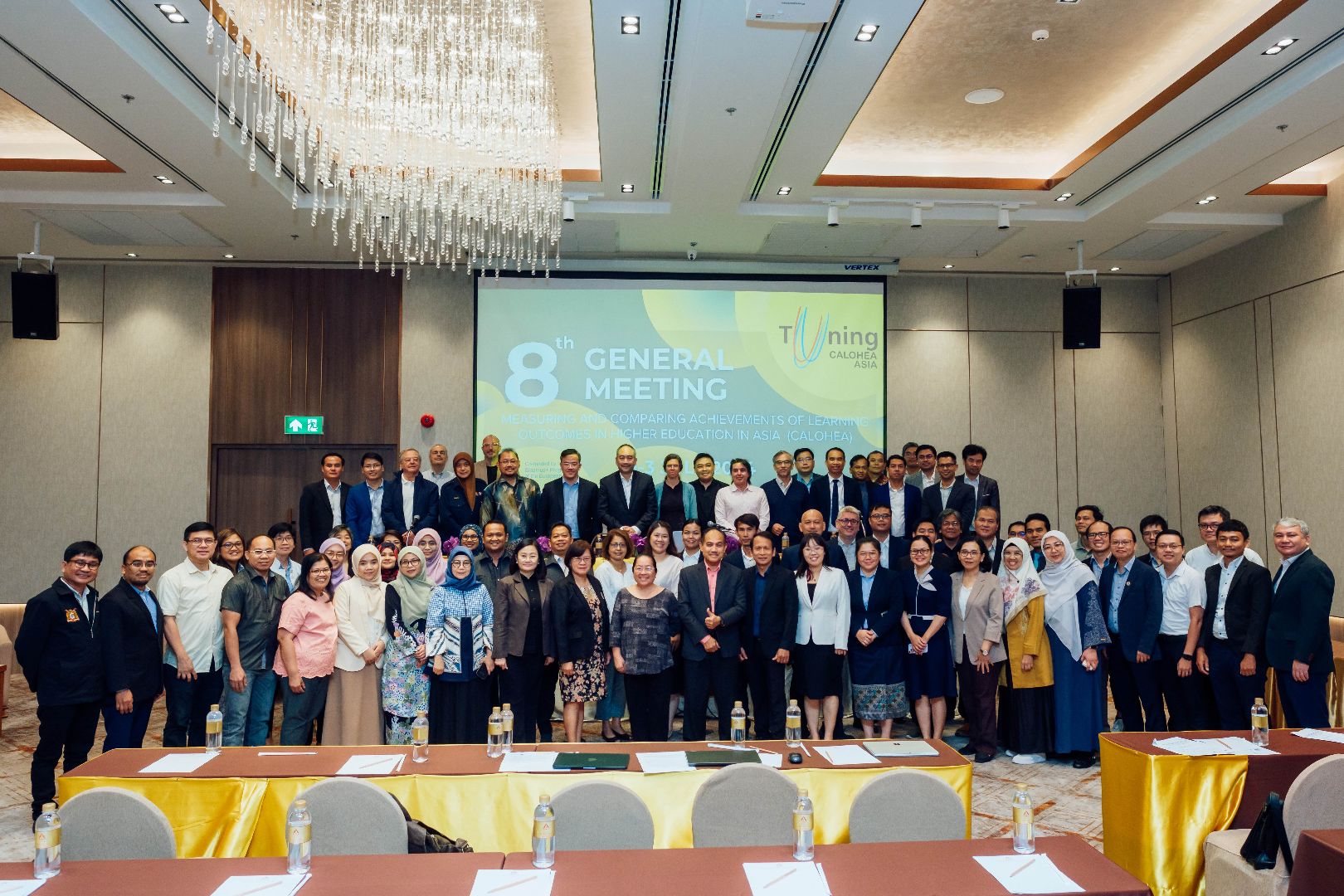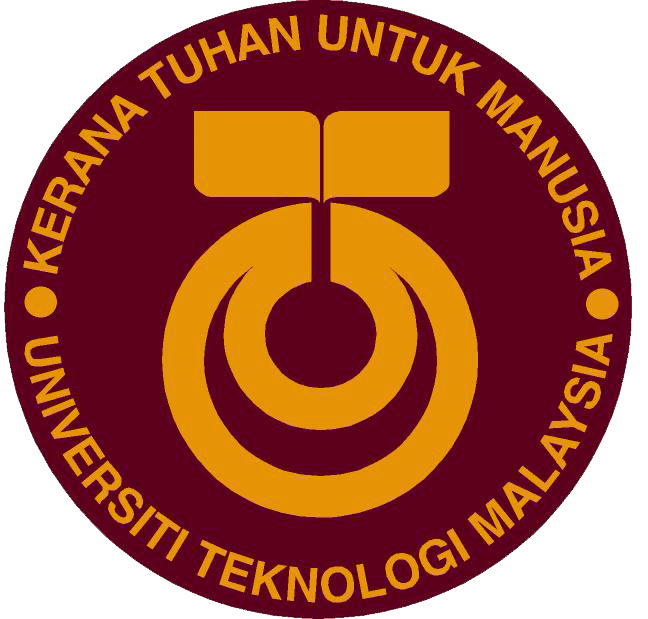CALOHEA, short for “Measuring and Comparing Achievements of Learning Outcomes in Higher Education in Asia,” is a project that began in January 2021 and will wrap up in July 2024. This project involves seven ASEAN countries: Malaysia, Indonesia, Thailand, the Philippines, Cambodia, Laos, and Vietnam. CALOHEA is co-funded by the Erasmus+ Programme of the European Union, the University of Groningen, and the ASEAN University Network. To learn more, visit the website.
The project is divided into three subject-area groups (SAGs): Teacher Education, Civil Engineering, and Medical Education. Universiti Teknologi Malaysia (UTM) is participating in the Teacher Education and Civil Engineering groups, as it does not have a medical faculty.
CALOHEA aims to improve education through three main Recognition Mechanisms (RMs):
- RM1: Creating and using regional qualifications and assessment frameworks to compare degree programs across institutions.
- RM2: Making student workload measurement a key part of curriculum design.
- RM3: Implementing assessments to compare learning outcomes internationally.
This article focuses on RM2 and highlights the role of focus group discussions (FGDs) in determining student workload. During FGDs, participants were briefed on the project and the ground rules, such as maintaining respect and ethics, ensuring confidentiality, and fostering a nonjudgmental environment.
The discussions covered weekly hours dedicated to learning, the ratio of independent work versus contact hours, and workload perception over semesters. On average, students spent 48 hours a week on their studies. Workload spikes often resulted from poor planning and uneven task distribution. The ratio of independent work to contact hours was about 35:65, with reading and exam preparation taking up most of the time, especially in science courses. Workload was generally consistent over semesters, but course requirements and assessment types caused variations.
Further findings revealed that students were given minimal work in the first week of a semester, as most of the time was dedicated to course introductions. As the semester progressed, task distribution remained uneven, leading to a significant workload toward the end of the semester due to multiple submissions. This uneven distribution of tasks caused students to feel overburdened.
To address these issues, lecturers need to ensure a more even distribution of tasks throughout the semester and avoid clustering submissions toward the end. This practice can ensure that student learning time and workloads are more evenly distributed. The FGD at Universiti Teknologi Malaysia highlighted the challenges students face with workload, underscoring the importance of balanced workloads, effective course management, and understanding student experiences to enhance their academic journey and well-being.
Dr. Muhammad Abd Hadi Bunyamin, Professor Dr. Hamdan Said, Associate Professor Dr. Hanifah Jambari, & Mdm Marlina Ali
School of Education, Faculty of Social Sciences and Humanities, Universiti Teknologi Malaysia (UTM)


